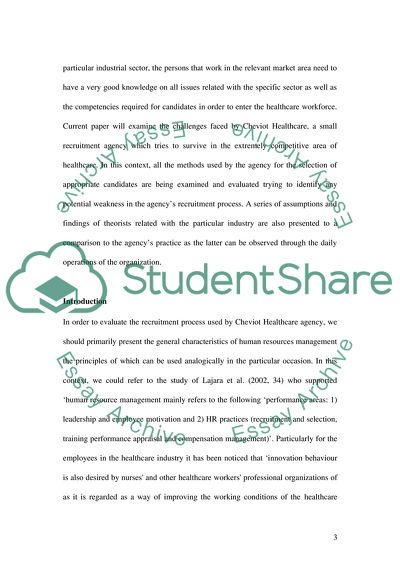Cite this document
(Employee Resourcing within Cheviot Healthcare Case Study, n.d.)
Employee Resourcing within Cheviot Healthcare Case Study. https://studentshare.org/human-resources/1706718-employee-resourcing-within-cheviot-healthcare
Employee Resourcing within Cheviot Healthcare Case Study. https://studentshare.org/human-resources/1706718-employee-resourcing-within-cheviot-healthcare
(Employee Resourcing Within Cheviot Healthcare Case Study)
Employee Resourcing Within Cheviot Healthcare Case Study. https://studentshare.org/human-resources/1706718-employee-resourcing-within-cheviot-healthcare.
Employee Resourcing Within Cheviot Healthcare Case Study. https://studentshare.org/human-resources/1706718-employee-resourcing-within-cheviot-healthcare.
“Employee Resourcing Within Cheviot Healthcare Case Study”. https://studentshare.org/human-resources/1706718-employee-resourcing-within-cheviot-healthcare.


